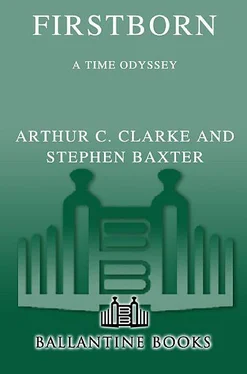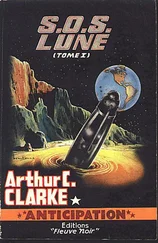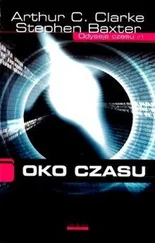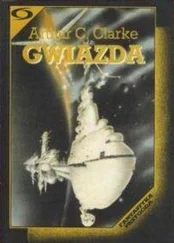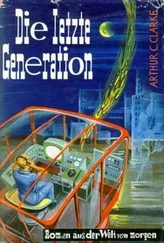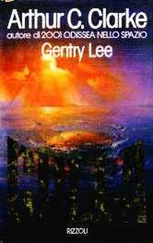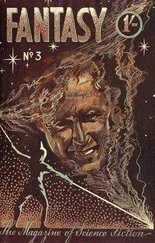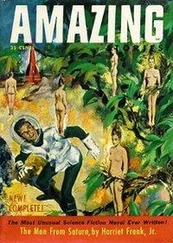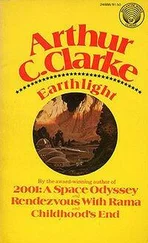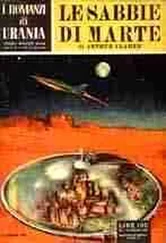Myra and Bisesa sat uncomfortably; Bisesa wondered how much Paula had heard of their conversation.
Now Bisesa could see that the green was a carpet of tiny plants, each no larger than her thumb. Each plant looked like a leather-skinned cactus, but it had translucent sections — windows to catch the sunlight, Bisesa supposed, without losing a precious drop of moisture. There were other plants too. She picked out small black spheres — round to retain heat, black to soak it up during the day?
She wondered if they turned white, chameleon-like, to avoid dissipating heat at night. But the cacti predominated.
Myra said, “The cacti are what Helena discovered, in the wake of the sunstorm. Life on Mars.”
“Yes,” Paula said. “The most common multicelled organism we’ve found yet on Mars. The subsurface bacterial mats and the stromatolites in Hellas are more widespread — a lot more biomass.
But the window cacti are still the stars of the show. The species has been named for my mother.”
Each window cactus was a survivor from deep ages past, Paula said.
When the solar system was young, the three sister worlds were briefly similar: Venus, Earth, Mars, all warm, wet, geologically active. It was impossible to say on which of them life spawned first.
Mars was certainly the first to accumulate an oxygen atmosphere, the fuel for complex, multicelled life-forms, billions of years before the Earth. But Mars was also the first to cool and dry.
Paula said, “But this took time, hundreds of millions of years.
You can achieve a lot in hundreds of millions of years — why, the mammals filled out an ecology vacated by the dinosaurs in less than sixty-five million years. The Martians were able to evolve survival strategies.”
The roots of the cacti were buried deep in the cold rock of Mars. They didn’t need oxygen, but fueled their glacial metabolism with hydrogen released by the slow reaction of the volcanic rocks with traces of water ice. Thus they and their ancestors had survived aeons.
“There were always volcanic episodes,” Paula said. “The Tharsis calderas thicken the air every ten to a hundred million years.
The cacti grow, propagate, grow dormant again, surviving as spores until the next episode. And then the sunstorm caused rain, water rain. The air has stayed thick and wet enough to keep them out of their dormant stages right through the year.
“And, the biologists say, they are related to our sort of life. It’s a different sort of DNA here,” Paula said. “Using a different set of bases — six, not four — and a different kind of coding. The same with Martian RNA and proteins, not quite like ours. It’s thought the amino acid set that’s used here is subtly different too, but that’s still controversial. But it is DNA and RNA and proteins, the same toolbox as on Earth.”
Mars was young in an age of continuing massive bombard-ment, as the relics of the solar system’s violent formation smashed into the new worlds. But that battering ensured that an immense amount of material, blasted off the roiling surfaces, was transferred between the planets. And that material contained life.
Bisesa gazed out at the patient cacti. “So these are our cousins.”
“But more distantly related than we are to any other life-forms from Earth. The last significant biomass transfer must have been so early that the final form of DNA coding wasn’t yet settled on either world. But the relationship is close enough to be useful.”
“Useful? How?”
Paula tapped a softscreen on the Discovery ’s dashboard, and produced images showing how Lowell scientists were finding ways to splice Martian genes into terrestrial plants. And that was how a new breed of plant was being developed, neither purely terrestrial nor purely Martian, able to grow outside the pressurized domes of the colonies, and yet capable of providing food for humans — and of injecting oxygen into the air. Some of the biologists thought it was a route to terraforming, a first step toward making Mars like Earth.
An informal grouping of them even had a slogan: All These Worlds Are Ours.
“In fact,” Paula said, “I’m glad we happened on the cacti. It’s important you know about this, Bisesa.”
“Why?”
“So you can understand what they’ve found at the pole.”
“I can’t wait,” Myra said dryly.
“And I can’t wait for the bathroom,” Bisesa said. She pushed her way out of her chair, letting the blanket drop. “Alexei? Are you done in there yet?”
The Discovery rolled on, patient, silent, for kilometer after kilometer, a cybernetic Stakhanovite. By the middle of that day they were through the green, and rolled across a dull, undulating plain.
After that, each day of the journey the sun climbed lower. At last it panned around the horizon, and there was no full daylight, only a kind of twilight glow that washed around the obscured sky.
Bisesa understood. Mars was tilted on its axis, just as was Earth; in northern winter the pole pointed away from the sun, and as she headed north she was driving into a twelve-month-long Arctic night. What was different about Mars was how quickly the changes came; here, the lines of latitude clicked away rapidly. She had a very clear sense that she was driving over the surface of a small round world, an ant crawling over an orange.
One sunset they saw a bank of clouds on the northern horizon.
By dawn they were under it. The polar hood was thick enough to obscure all but the brightest stars; Deneb and the celestial pole were lost.
By midday it had begun to snow.
“It’s taken us under five days to cross the solar system, Thea. Think of that. And now there’s only a few hours to go before Q-hour, our rendezvous with the bomb…”
The Liberator had the mass and rough dimensions of the old Saturn V launchers. But whereas most of a Saturn ’s mass would have burned itself up and been discarded in minutes, leaving its payload to coast unpowered most of the way to its destination, the Liberator ’s mighty engine could maintain a thrust of a full gravity or more for days, even weeks. That had enabled the ship to cut a straight-line trajectory from one point on the J-line to another, from the Trojan base to the position of the bomb. Its path was a rectilinear oddity in a solar system of circles and ellipses.
And Edna had crossed half the distance between Jupiter and the distant sun in a hundred hours.
“We’re actually slowing down now. We’re approaching the Q-bomb tail-first, our exhaust blasting out…
“Most of the officers serving in space have been transferred from the U.S. Navy, because most spacecraft are more like sub-marines than anything else. But the Liberator is different. We’ve so much energy to burn that we have more room on this ship than on any spacecraft since Skylab. If you’ve never heard of that, look it up.
John Metternes and I share a kind of big apartment, with bedrooms, showers, and a stateroom with softscreens and coffee-makers. When we go to the ports and look down at the flank of the ship, it’s like looking out of the window of a high-rise hotel on Earth. But most hotels don’t have antennae and sensor booms. Or gun ports.
“I need to go, love. The drive’s about to be cut, and it would be embarrassing to meet the bogey with me stranded in midair!..
“How do I feel? I’m frightened. Excited. I have confidence in my abilities, and John’s, and in the Liberator, which has already proven herself a fine ship. I just hope that’s enough to carry the day.
I–I guess that’s all, Libby. Close file.”
“Yes, Edna. It is time.”
Читать дальше
